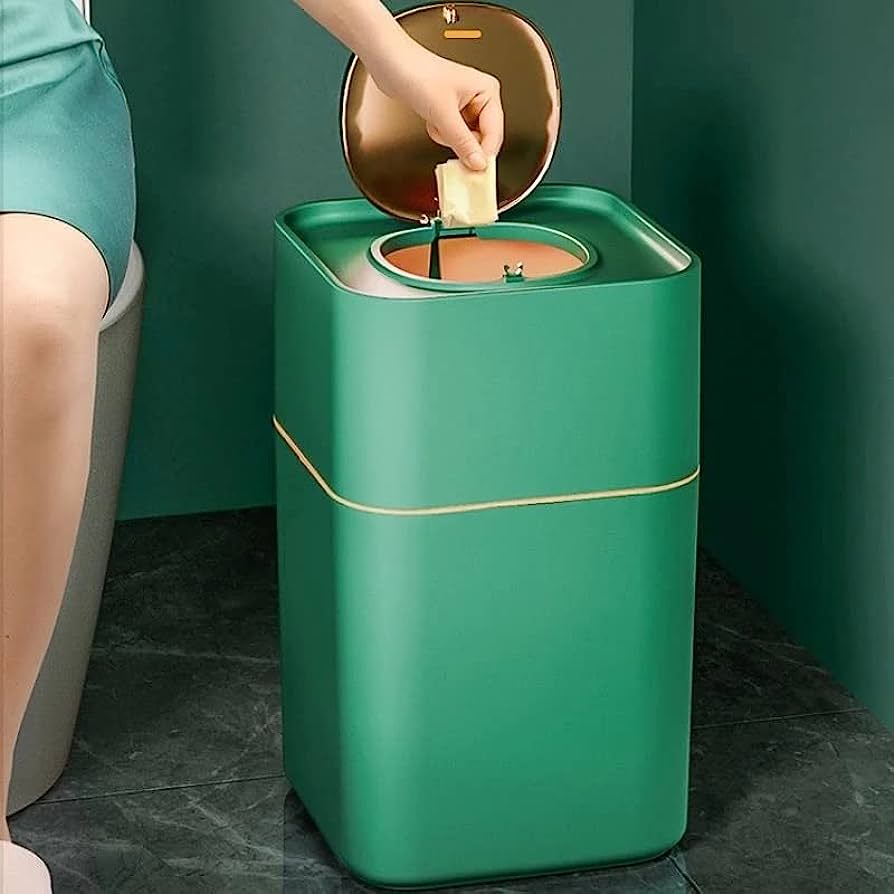The restroom is essential to our everyday lives but consumes much water, energy, and materials. However, with careful repair, we can transform our bathrooms into sustainable havens that lessen our environmental impact. This article will examine sustainable bathrooms and some fascinating makeover ideas to help you create an eco-friendly sanctuary in your house.
Understanding Sustainable Bathrooms:
A sustainable bathroom attempts to reduce water, energy consumption, and waste and employ eco-friendly products throughout the restoration process. We contribute to environmental preservation by implementing sustainable practices and benefit from long-term cost savings and improved indoor air quality.
Water Conservation
Water conservation is one of the most essential features of a sustainable bathroom. Installing low-flow fixtures such as faucets, showerheads, and toilets can considerably reduce water consumption. Installing aerators on faucets and using dual-flush toilets can reduce water use without sacrificing functionality.

Energy Efficiency:
To achieve an eco-friendly bathroom, efficient lighting and ventilation systems are essential. Electricity use can be significantly reduced by replacing typical incandescent bulbs with energy-efficient LED lighting. Natural light can also be used to reduce the requirement for artificial lighting during the day by strategically placing windows or skylights. Installing programmable thermostats and energy-efficient exhaust fans will also regulate temperature and conserve energy.

Sustainable Materials:
When renovating a sustainable bathroom, it is critical to choose eco-friendly materials. Choose renewable and biodegradable flooring materials such as bamboo or cork. Look for WaterSense-labeled goods when purchasing bathroom fixtures engineered to save water without losing performance. Choose low or zero VOC (volatile organic compound) paints and adhesives to improve interior air quality.

Waste Reduction:
A core principle of sustainability is waste reduction. Consider including recycling bins in your bathroom design to encourage proper waste disposal. To reduce plastic waste, install refillable soap dispensers and eliminate single-use plastic bottles. During the restoration process, look into opportunities for recycling or repurposing existing bathroom fixtures and materials.

Ideas for Bathroom Renovations:
1- Rain Water Harvesting: Install a rainwater harvesting system to collect and store rainwater, which can then be utilized for toilet flushing or irrigation. This minimizes dependency on freshwater sources while also encouraging water conservation.

2- Greywater recycling: Implement a system that treats and reuses water from showers, bathtubs, and sinks for functions such as flushing toilets or watering plants. This conserves water while lessening the pressure on wastewater treatment facilities.
3- Green Walls: Install living green walls in your bathroom to improve air quality and create a relaxing, natural atmosphere. Plants that thrive in humid situations, such as Boston ferns, peace lilies, and spider plants, can transform your bathroom into a refreshing haven.

4- Natural Material Accents: To create a spa-like atmosphere, incorporate natural components into your bathroom design, such as reclaimed wood for shelving or counters, stone tiles for floors or shower walls or pebble accents.

5- Smart Water Management: Install smart faucets and shower systems that allow you to monitor and control your water usage. These devices can provide real-time feedback on water consumption and automated features to reduce waste.

Renovating your bathroom to reduce your environmental footprint while improving the overall beauty and usefulness of the space is a fantastic opportunity. You can build a sustainable bathroom that promotes well-being for you and the earth by using water-saving fixtures, energy-efficient lighting, eco-friendly materials, and waste-reduction practices. Accept these principles and embark on a beautiful journey towards a greener, more sustainable way of life.






